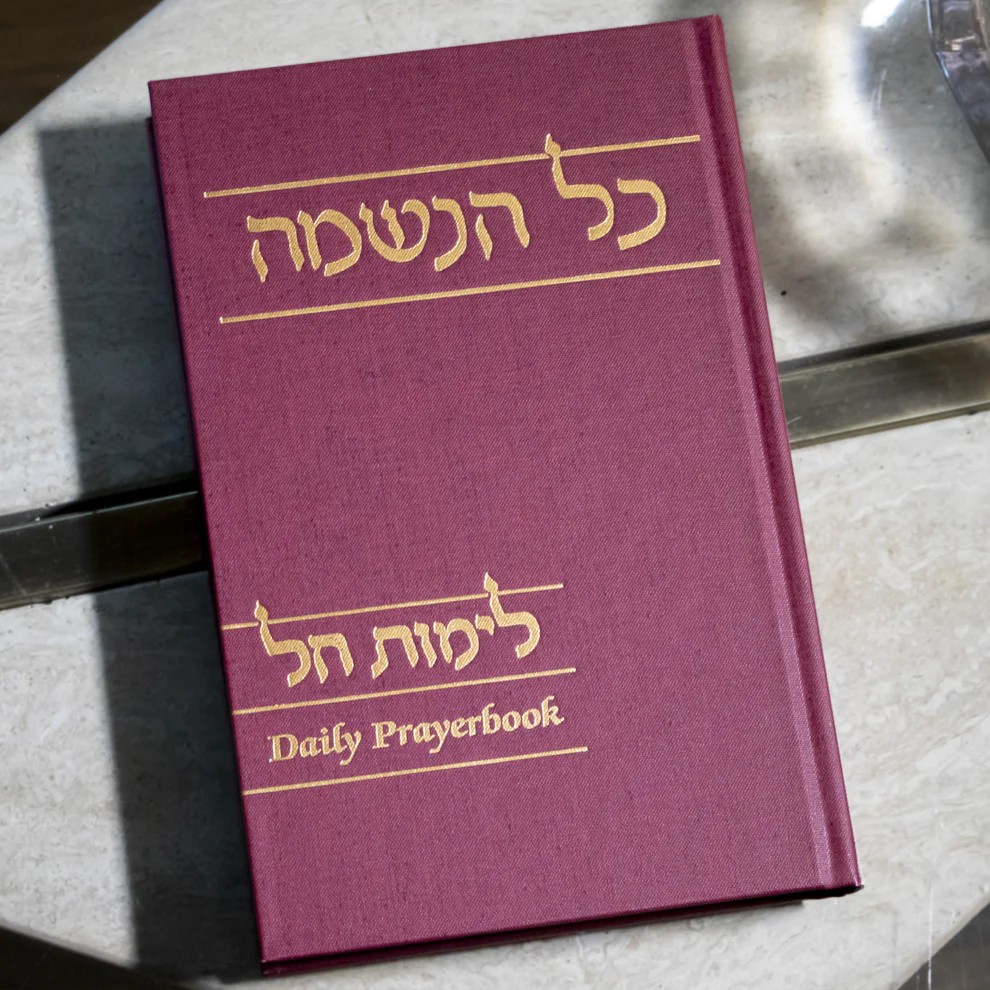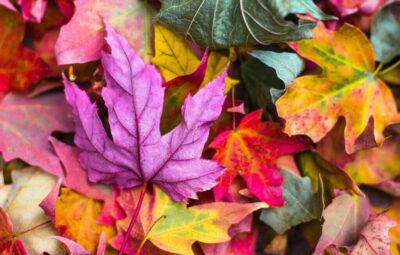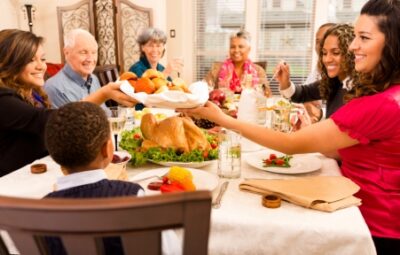She Was Like No Doll I'd Ever Seen
When I sat down at the table for breakfast, the doll was at my place. Mama had made hair out of dark brown yarn and she’d embroidered eyes, a nose, and a mouth on the face. She had covered the yarn hair with a yellow kerchief embroidered with red flowers.
“She’s gorgeous, Mama,” I managed to murmur. “But she doesn’t look like the Pilgrim woman in the picture.”
“No?” Mama said.
“She looks like you in that photograph you have that was taken when you were a girl.”
“Of course,” Mama said. “I did that on purpose. What’s a Pilgrim, shaynkeit? A Pilgrim is someone who came here from the other side to find freedom. That’s me, Molly. I’m a Pilgrim!”
… At P.S. 125 … , as soon as October was folded back on the calendar, we began paying intense, if somewhat baffled, homage to the glories of Thanksgiving.
Most of us were the children of immigrants from Vilna or Minsk or Odessa, who rarely budged from Brooklyn, and we had to sing loud our praises for the gathering of the harvest and the prodigal bounty of the land as the trolley cars clanged by under the windows. Day after day … we devoted ourselves to that old American holiday first conceived, we were told, in a bleak place called New England, by the Pilgrims, also known as ancestors. These ancestors spoke English without an accent, did not have to pass through Ellis Island when they reached the golden land, and had come to these shores to escape from religious persecution … .
We labored intently … making the first Thanksgiving-the huge Pilgrim family, at an enormously long table, in the clearing they had courageously hacked out of the ominous New England forest. With crayons and paints we smeared a lavish feast ….
There was a song we sang only in November-“We gather together and ask the Lord’s blessing. He chastens and hastens His will to make known.” We sang it with loud and cheerful assurance as Miss Johnson thumped away on a piano …. Like Christmas carols … this Thanksgiving hymn had the lure of the forbidden. I would come home on November afternoons, my face hectically pink from the autumn air and the grandeur of Thansgiving, and sing “We Gather Together” until my mother, who would be working on a dress for me or one of her customers and never seemed to be listening, would suddenly hear “the Lord’s blessing” and exclaim, “What kind of a song is this for a Jewish girl to sing! Stop this minute, it’s not nice somebody should hear you.”
For weeks before the holiday I brought the same lament home from school every afternoon …. “But Mama, why can’t we have turkey for Thanksgiving like everybody else?”
“Who’s everybody?” my mother would say, without taking her eyes from the sewing machine. “The Feins eat turkey Thanksgiving? Doris Levine’s mother goes on the subway to buy a turkey God knows where Thanksgiving?”
“Oh, honest to God, Mama. You’re always making believe you don’t understand one single word I’m saying. I meant like Americans have on Thanksgiving, not that dopey Doris …. ”
I knew it was useless to argue. I knew it before I began to try. But something urged me, every November, to try just this once more. How easy it seemed, how easy and beautiful and right, as I pictured it, mooning in my room …. the round table in the living room swelled with the two leaves we dragged out from behind the sofa only at Passover time …. At four in the afternoon, all the guests would assemble …. This day would differ from other days because on Thanksgiving my brother and I would be glad to see our cousins, who for a change would not say, “What do you have to take dopey violin lessons for?” And after we had all kissed each other sweetly, we would sit down, with cheerful smiles, around the jolly table set exactly the way they showed in the Ladies’ Home Journal. After we sang “We Gather Together,” my mother would march in from the kitchen at just the right moment, holding the enormous, steaming brown bird aloft on a silver platter, which she placed reverently in front of my father, poised and ready with a carving knife handed down, of course, by ancestors. Then Papa would begin to carve with magnificent effortless skill, an art taught him by his father who had learned it from his father ….











